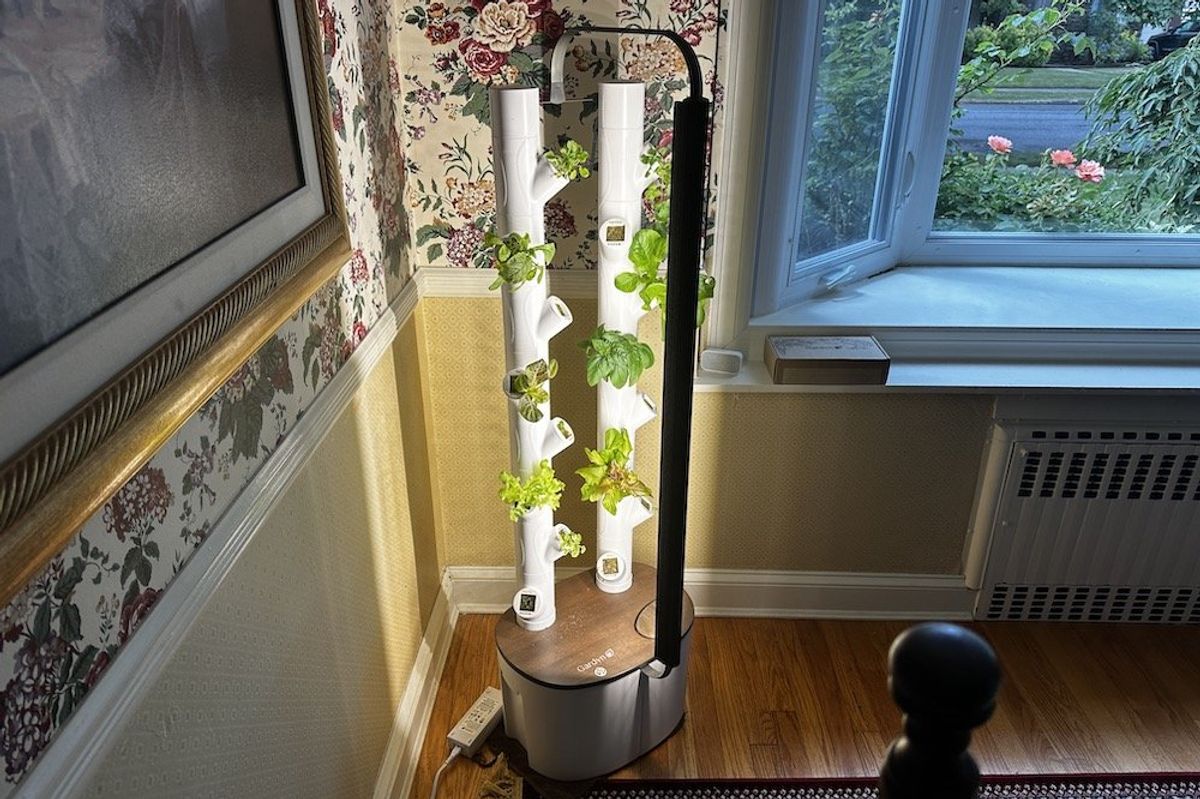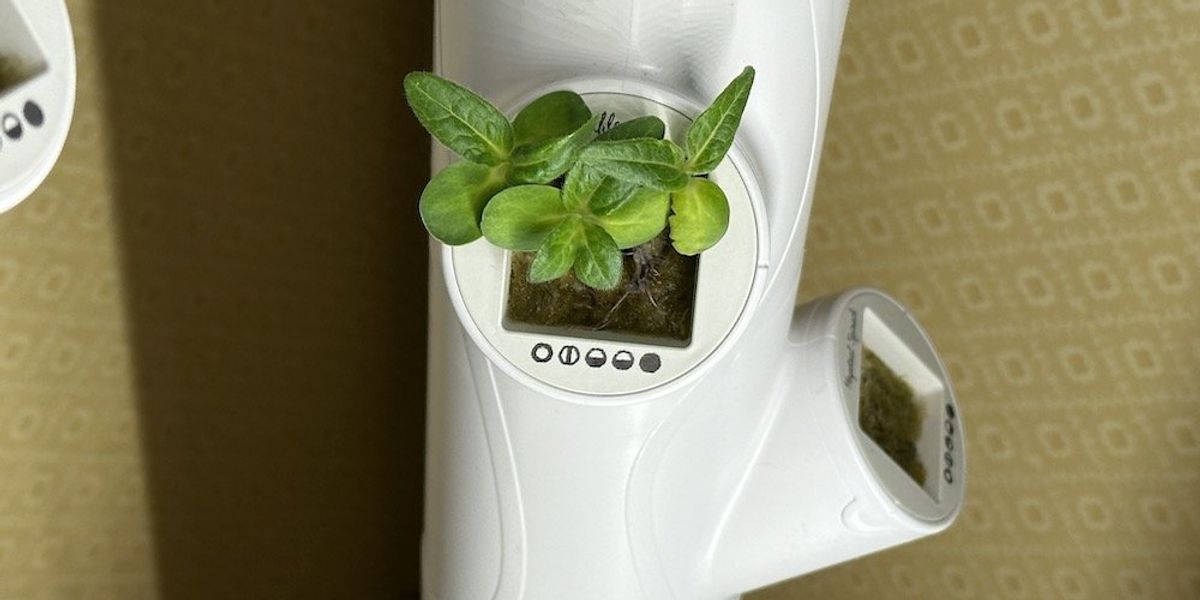Educational

www.gearbrain.com
How Gardyn Can Transform STEM Education in Schools
AI-powered hydroponic gardens bring hands-on STEM learning into classrooms

AI-powered hydroponic gardens bring hands-on STEM learning into classrooms
Bringing the natural world into the classroom has always been a challenge for urban schools and districts without outdoor gardens. Yet in a world where STEM education, sustainability, and hands-on learning are more important than ever, solutions are emerging that bridge the gap between technology and nature. One of the most promising? Gardyn, an AI-powered indoor hydroponic garden system.
Originally designed for homes and families, Gardyn has quickly proven to be a valuable tool for schools. Its compact design, easy setup, and AI-driven plant care assistant make it a practical, engaging, and educational way to teach students about science, technology, and food systems — all inside the classroom.
How Gardyn’s Smart Garden is Changing STEM Education in Schools 🌱📚 Discover how Gardyn's indoor hydroponic garden is becoming a powerful tool for STEM and STEAM programs in classrooms ...

Both versions use a vertical tower design that takes up less than 2 square feet of space. Built-in LED grow lights ensure plants thrive indoors, and the system connects to an app for monitoring and guidance.
What makes Gardyn unique — and especially valuable for schools — is its AI assistant, Kelby.
Kelby works with built-in sensors and cameras to monitor plants 24/7. Through the Gardyn app, Kelby provides real-time feedback, alerts, and step-by-step guidance for caring for plants. For students, this turns gardening into an interactive, tech-enabled learning experience.
Teachers can use Kelby’s feedback as a teaching tool:
For classes without a resident “green thumb,” Kelby acts as a virtual teacher’s aide — ensuring plants stay healthy and projects stay on track.

Gardyn supports a wide range of STEM learning opportunities across grade levels. Here are just a few examples:

Beyond classroom experiments, Gardyn introduces students to real-world issues like:
For urban schools, especially those without access to outdoor gardens, Gardyn can make farm-to-table concepts tangible. Students get to grow, harvest, and taste their work, reinforcing lessons in both science and health.

Like any gardening system, Gardyn comes with challenges. Teachers should be aware of:
Gardyn is more than just a gardening tool — it’s a STEM teaching platform. It bridges the gap between digital learning and hands-on experiences, giving students the chance to:
In an age where many students are glued to screens, Gardyn brings nature, responsibility, and discovery into the classroom.
For schools looking to enrich their STEM curriculum, teach sustainability, and create hands-on projects, Gardyn offers a unique solution. It’s compact, AI-powered, and designed to make gardening accessible even in the middle of a city classroom.
Whether it’s a single unit in a science lab or multiple towers across a district, Gardyn has the potential to transform how students learn about food, biology, and technology.
Final Thought: With Gardyn, classrooms don’t just teach science — they grow it.
You can read our full review of Gardyn Studio here. Also, remember to check out our compatibility find engine. It makes it easy to find any smart or connected device for your smart home and helps you find compatible connected devices that work with your existing devices or Google Home or Amazon Alexa-enabled devices.
GearBrain Compatibility Find Engine
A pioneering recommendation platform where you can research,
discover, buy, and learn how to connect and optimize smart devices.
Join our community! Ask and answer questions about smart devices and save yours in My Gear.
